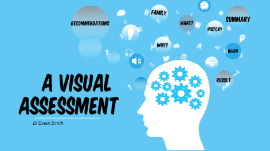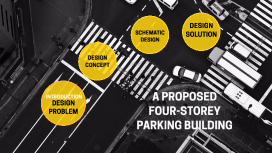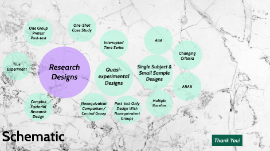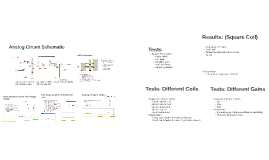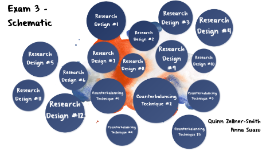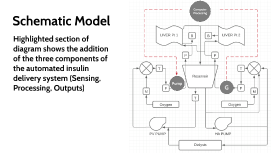report powerpoint
Transcript: WHat? WHEn a visual assessment Di'Ovion Smith client information Gave verbal consent on 2.17.20 and 4.15.20. Important Dates Date of Birth (of client): 09/18/1998 Date of Examination: 2/17/2020 1:15:35 secs Duration PRESENTING PROBLEM/REASON FOR REPORT Why? More Information Available Here. More information.. Ms. S. Volunteered to do the interview to help the examiner complete their assignment. However,the client did express concerns about having depression symptoms and feelings of being overwhelmed with classes and certain aspects of her life. Family BACKGROUND family Born in St. Paul, MN and raised in Chicago, IL. Adopted by Aunt after mother's death. Their Relationship was less than perfect. Met biological father at 15 y.o. along with that side of family. Credits paternal siblings for "giving purpose" to her life. Counseling background history Previous history of counseling. Cause of counseling for her was feelings of depression and anger problems brought on by upbringing. Sent to facility after family incident. Counseling had a very positive outcome, loves therapist. medical history Ms. S claims to not have any major medical problems. however, she has taken medication for depression and anger. substance use and/or abuse Claims to be "social drinker". Has experienced with marijuana in lifetime. Denies any legal consequences due to alcohol use. Educational background Began in Catholic school then switched to public school once she began middle school. After high school, Ms. S. began her college career at a private institution in Jackson, MS. Her intended degree is in Mass Communications. vocational history vocational history Works at Chicago Park District. Job title is Recreational Leader. Job duties are to watch the kids, assist them when they need help, and basically be a mentor to the children that she works with. She has held that position since she was 14. She began as a member before becoming a leader nd claims to love job. behavioral observations Ms. S. overall behavior did not raise any concerns during the assessment process. she was very open and honest with the examiner. However, Ms. S. did get emotional an begin to cry when discussing a certain aspect of her life. test results results results for the mmse mmse Ms . S scored within the _24-30_ range on global cognitive measures achieving a _29_/30 on the Mini-Mental Status Exam results emotional screening Ms. S was administered a screening test for depression. She scored in the _0-5_ range, endorsing _7_/15 items results personality screening Received the ISFJ personality type. "The Nurturer" ISFJ stands for Introverted, Sensing. Feeling, and Judging. results vocational screening Ms. S score on the RIASEC Test came out with the highest numbers being for the letter R.A.S. R are often good at mechanical jobs. S are people who like to work with other people rather than with things. A type people are those who like to work in unstructured situations where they can use creativity. . An example of a good major for people who score high with S is communications. Coincidentally, Ms. S is currently studying to get her degree in communications. diagnostic impression Minor Depressive Disorder, Mild, Recurrent additional info Summary Ms. S is a 21 years old college student who presented with depressive symptoms and minor signs of anxiety. The results of today’s evaluation reveal Ms. S has mild symptoms indicative of depression summary recommendations recommendations 1) continue to see current counselor and participating in sessions as seen necessary. 2) Consult with a counselor for further evaluation. 3) Re-evaluation is suggested within a year if symptoms worsen. the end






